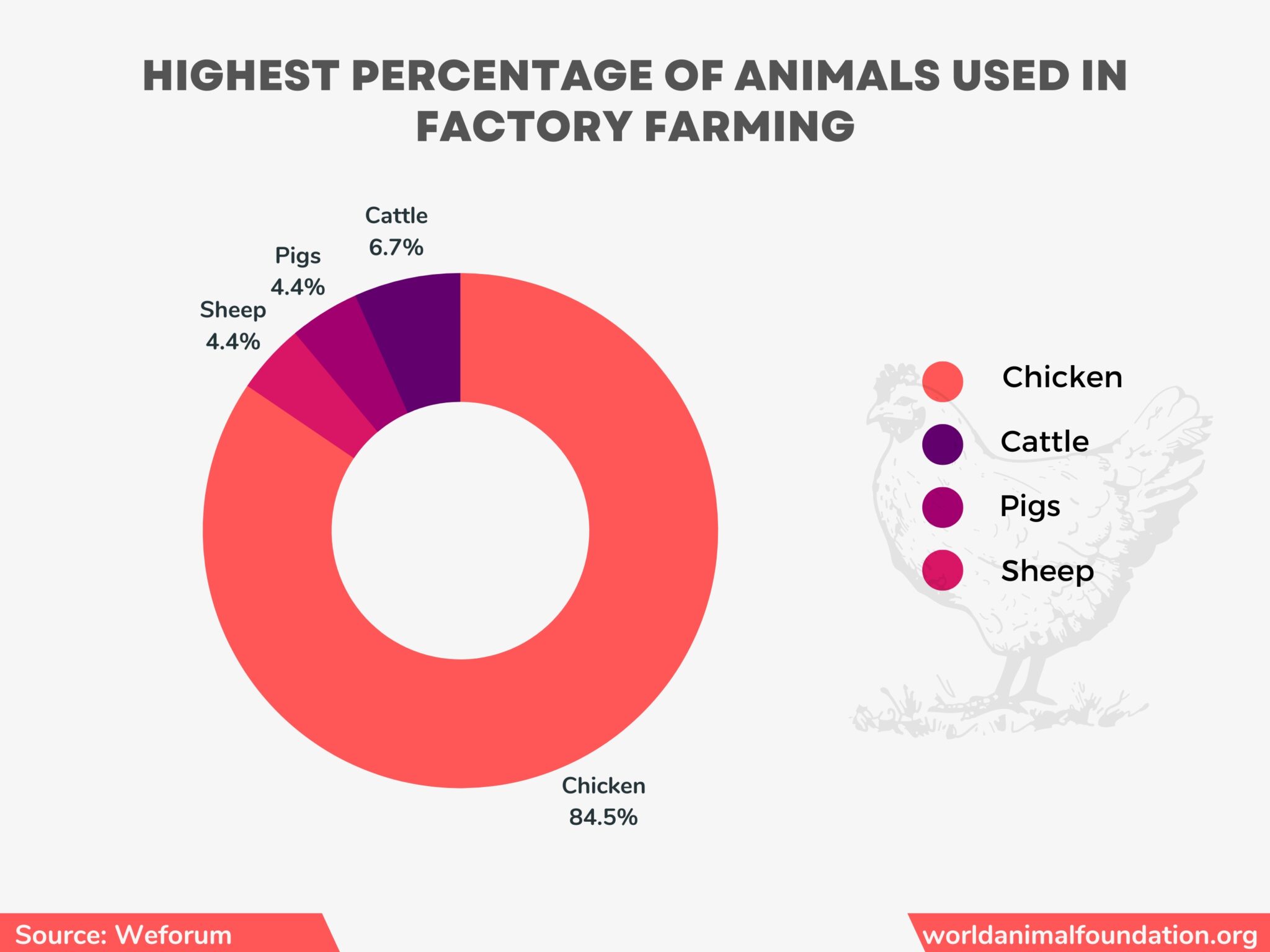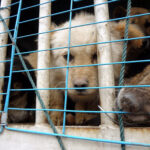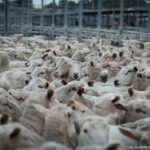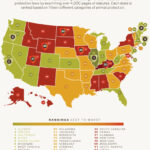In the United States, a vast and intricate network of meat production facilities exists, often referred to as factory farms. These establishments are responsible for providing a substantial portion of the meat consumed nationwide. However, as the demand for meat continues to soar, so do the ethical concerns regarding the treatment of animals within these systems. The grim realities of animal cruelty in factory farm settings are alarming, painting a disturbing picture of the food supply that many Americans rely upon.
To fully grasp the extent of animal cruelty in the United States’ meat production sector, one must first understand the sheer number and scale of these factory farms. Estimates reveal that there are thousands of such facilities across the country, specializing in the intensive farming of cattle, pigs, chicken, and other livestock. Each factory farm tends to prioritize efficiency and profit over humane treatment, leading to conditions that are not only unethical but often traumatic for the animals involved.
When one considers the various types of livestock involved in factory farming, it becomes clear that the cruel treatment spans multiple species. For instance, in the poultry industry, chickens are typically raised in overcrowded conditions where they are denied adequate space to move or engage in natural behaviors. Research indicates that many chickens are confined to spaces so tight that they are unable to extend their wings. This lack of space can lead to physical deformities and psychological stress, contributing to a broader narrative of suffering within the poultry sector.
In the swine industry, the situation is similarly dire. Pigs are often kept in gestation crates—small, restrictive enclosures that prevent them from turning around or expressing natural behaviors. Such confinement practices have sparked considerable outrage among animal rights activists and have raised critical questions regarding the ethics of pork production in the United States. In addition to confinement, pigs face brutal treatment throughout their lives, with instances of severe handling and neglect reported frequently.
An important point to note is that animal cruelty is not merely an isolated incident within factory farm operations; it is systemic. The rapid expansion of factory farming has created an environment where efficiency rules, often at the expense of animal welfare. Each year, millions of animals are subjected to inhumane treatment, including the use of antibiotics to promote growth and prevent disease in crowded conditions. These practices not only endanger animal health but also pose potential risks to human health through antibiotic resistance.
Furthermore, the economic pressures facing factory farms can lead to a culture of silence surrounding animal cruelty. Workers may witness or even experience instances of brutality but fear retribution from management or job loss if they speak out. Consequently, reports of cruelty are often underreported, obscuring the true extent of the problem. As consumers, consumers may suspect that their food choices have dire consequences, yet they often remain unaware of the specific practices that perpetuate suffering.
With consumer awareness on the rise, various advocacy groups have taken to exposing the realities of factory farming, employing investigative tactics that include undercover videos and documentation of inhumane practices. Such endeavors have shed light on the many features of animal cruelty in factory farms, garnering public support for reform. As consumers become more aware of these issues, there has been a gradual, albeit significant, shift toward more humane alternatives, such as local farms that prioritize ethical treatment and sustainable practices.
This transition highlights a growing awareness surrounding food sourcing, alongside efforts to promote transparency within the food supply chain. Initiatives such as labeling produce with humane certifications can empower consumers to make informed decisions. Such labels are not merely promotional; they signify that the animals were raised in conditions conducive to their welfare, with a focus on sustainable farming methods that reduce the impact on the environment and promote ethical treatment.
Nevertheless, transitioning toward more humane practices is neither a simple nor a fast process. The pervasive nature of factory farming and the societal reliance on cheap meat present significant challenges. As animal rights activists and concerned consumers advocate for change, they confront an entrenched system that prioritizes profit and efficiency over compassion and ethical responsibility. This struggle emphasizes the urgent need for reform at both the legislative and industry levels.
The legal framework governing animal welfare in the United States is fragmented and often inadequate. Most laws fail to address the specific abuses that occur within factory farms, particularly those involving large-scale operations. While some states have enacted legislation aimed at safeguarding animal welfare, these laws often lack effective enforcement mechanisms. It is paramount for both consumers and activists to push for comprehensive reforms that offer protection for animals across the board.
In conclusion, the question of how many meat factories in the U.S. involve animal cruelty cannot be answered with a simple number; the issue instead lies within the very structures of the industries that support meat production. The complex web of ethical dilemmas surrounding factory farming requires continued discourse and action, emphasizing the necessity for compassion in our food systems. By shining a light on these troubling realities, society can work toward a more humane future—where the treatment of animals is prioritized, and ethical considerations are central to food production.







